

/en/windowsbasics/all-about-windows/content/
Whether you're new to computers or just Windows, it's important to learn the basics of using your computer. If it all seems a little overwhelming right now, don't worry! We'll take you through it step by step and show you some of the most fundamental things you'll need to know, including how to work with the desktop, open and close windows, and turn off your computer.
Watch the video below to learn the basics of navigating Windows.
Once your computer has finished starting up, the first thing you'll see is the desktop. You can think of the desktop as the main workspace for your computer. From here, you can view and manage your files, open applications, access the Internet, and much more.
Click the buttons in the interactive below to become more familiar with the desktop.
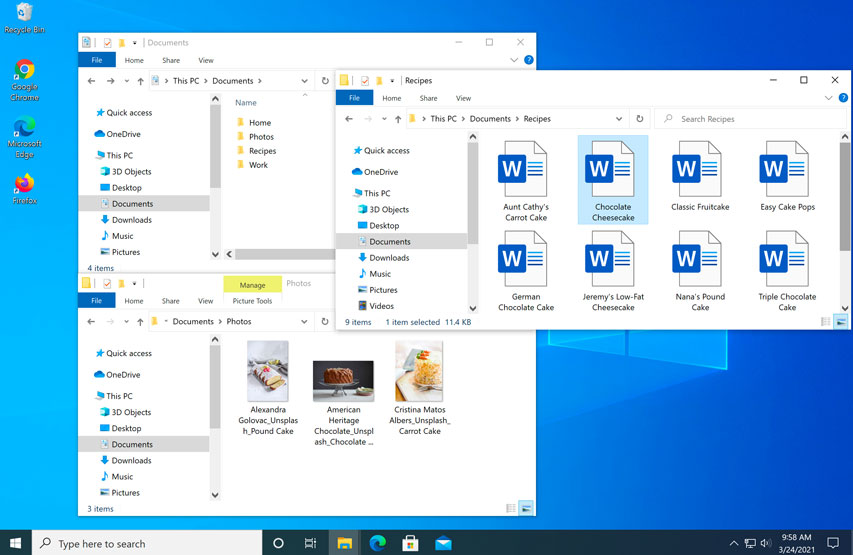
When you delete a file, it is moved to the Recycle Bin. This allows you to recover the file if you change your mind. To permanently delete the file, you will need to empty the Recycle Bin.
You can keep folders, files, and shortcuts on the desktop so they'll be easily accessible.
The desktop background, or wallpaper, allows you to personalize your computer. You can choose a built-in background or use one of your own images.
When you double-click a folder, it will open in a specialized program called File Explorer (also known as Windows Explorer). This allows you to navigate to the specific folder or file you want.
On the right side of the taskbar, you will see the date and time. There will also be shortcuts to different settings, like Internet settings and sound volume.
The taskbar contains shortcuts to applications, the date and time, and more. When you open a program or file, it will appear on the taskbar, and you can easily switch between different programs by selecting them on the taskbar.
Some programs will have shortcuts on the taskbar for easy access. In this example, there are shortcuts to Internet Explorer, File Explorer, and Windows Media Player.
In Windows 10, Windows 7, and earlier versions, you'll click the Start button to open the Start menu. In Windows 8, you'll click the Start button to return to the Start screen.
In Windows 8, you will usually see the Start screen before the desktop. To learn more, review our lesson on Getting Started with Windows 8.
An application—also known as a program—is a type of software that allows you to complete tasks on your computer. Windows comes with many built-in applications you can use. For example, if you want to browse the Internet, you can use Microsoft Edge (or Internet Explorer if you're using Windows 8 or earlier).
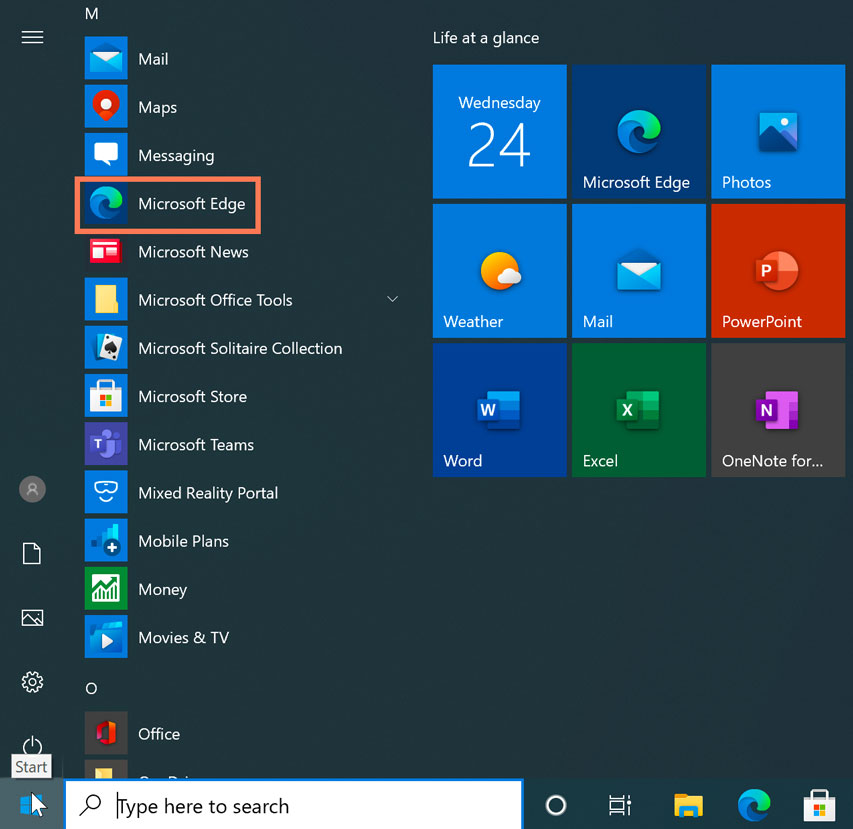
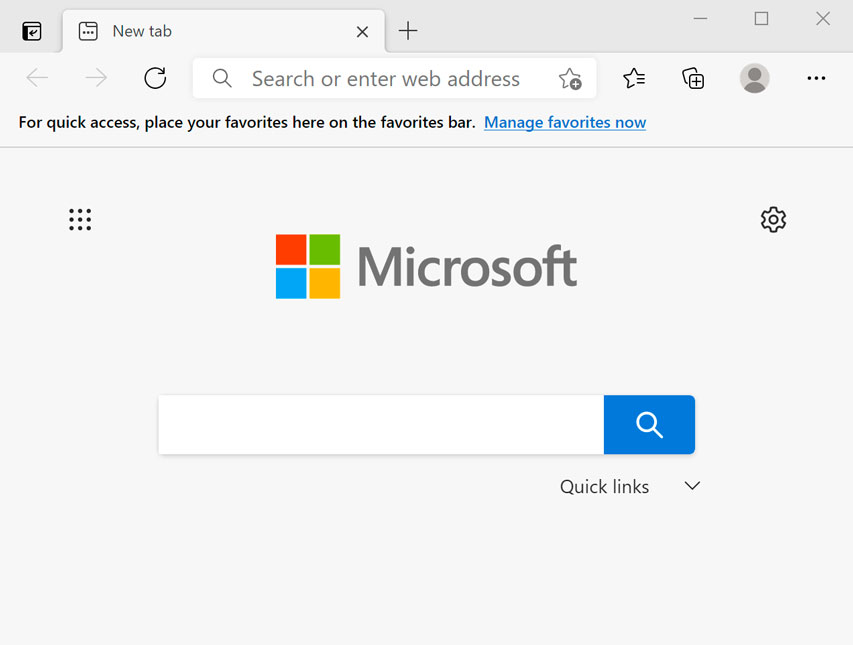
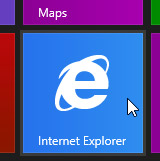
Whenever you open a file, folder, or application, it will appear in a new window. You can have multiple items open at the same time in different windows. You'll use windows all the time, so it's important to know how to switch between open windows, how to move and resize windows, and how to close windows when you're done using them.
In Windows 8, some programs will open on the Start screen, not the desktop. If you're using Windows 8, note that the information below applies only to windows you have opened on the desktop.
You'll see the same three buttons in the upper-right corner of almost every window. These buttons allow you to perform several functions, including these below.





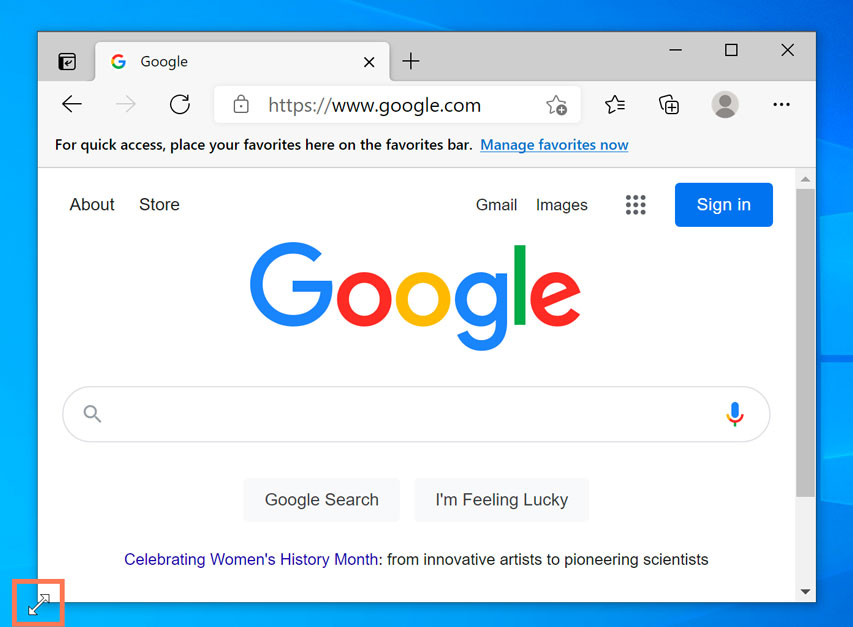
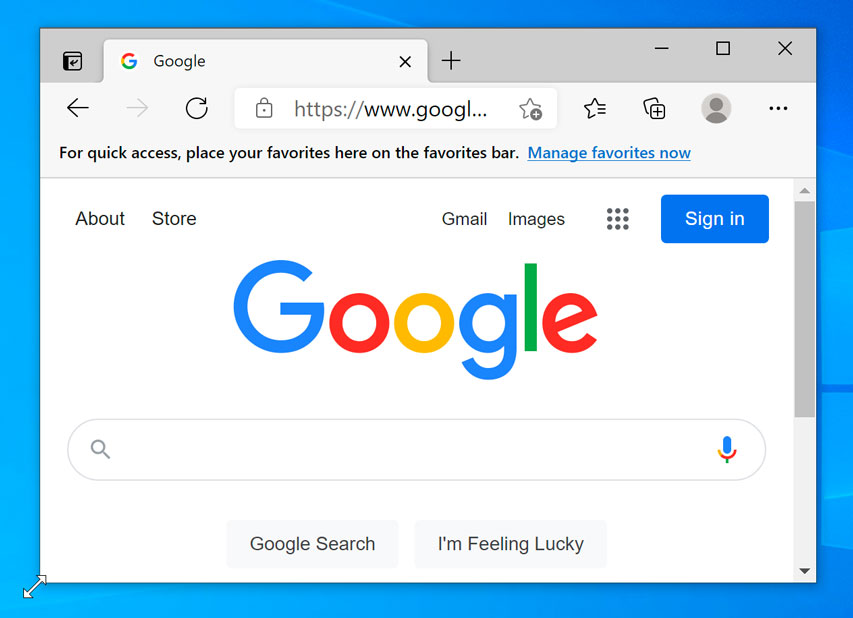
If you have more than one window open at the same time, you can quickly switch between them by clicking the icon for that window on the taskbar.
When you're done using your computer, it's important to shut it down properly. The procedure will vary slightly depending on which version of Windows you're using.
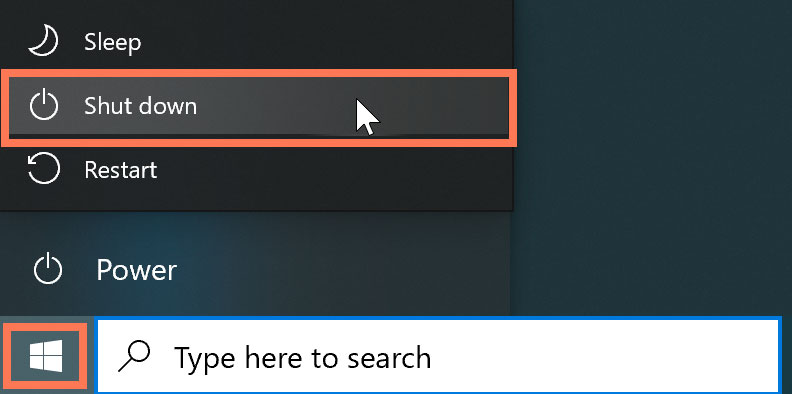
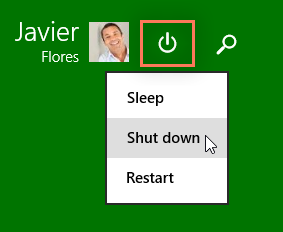
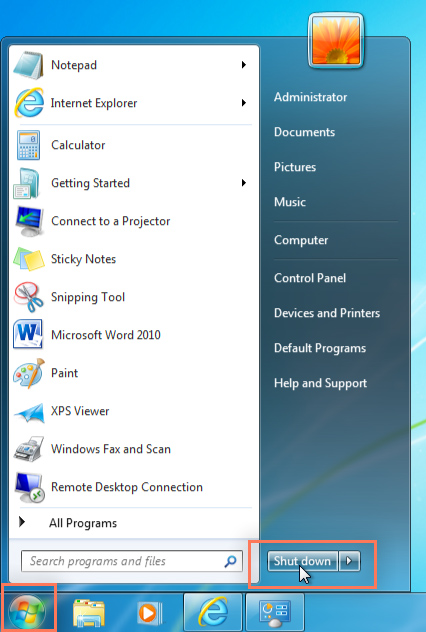
You can also click the power button button for more options. For example, if your computer has become unresponsive, you can choose Restart to quickly turn it off and on again.
You can also choose to put your computer into Sleep mode. This turns off most of your computer's processes, but it remembers which applications and files are open. It allows the computer to start up more quickly because you won't have to wait for the operating system and applications to load. Note that your computer may go into Sleep mode automatically if you haven't used it for more than a few minutes.
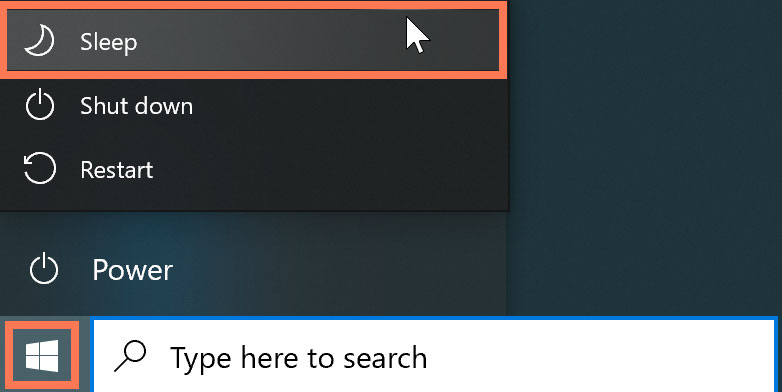
If you have a laptop, you can simply close the lid to put it into Sleep mode.
If your computer is in Sleep mode, you'll need to wake it to use it. To wake the computer from Sleep mode, click the mouse or press any key on the keyboard.
/en/windowsbasics/working-with-files/content/


